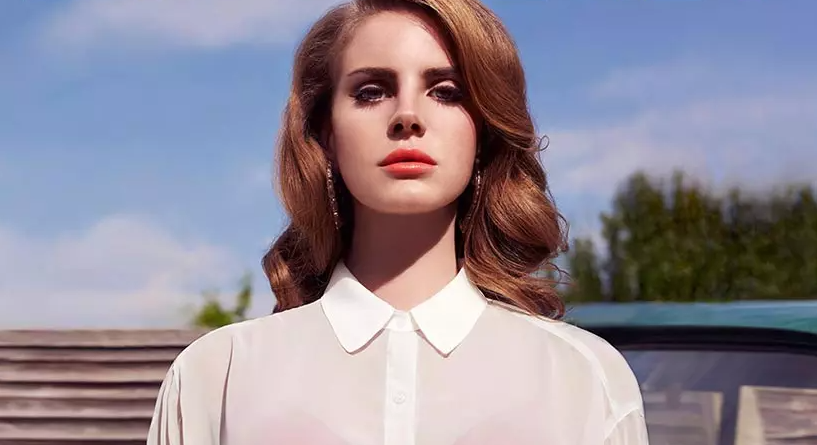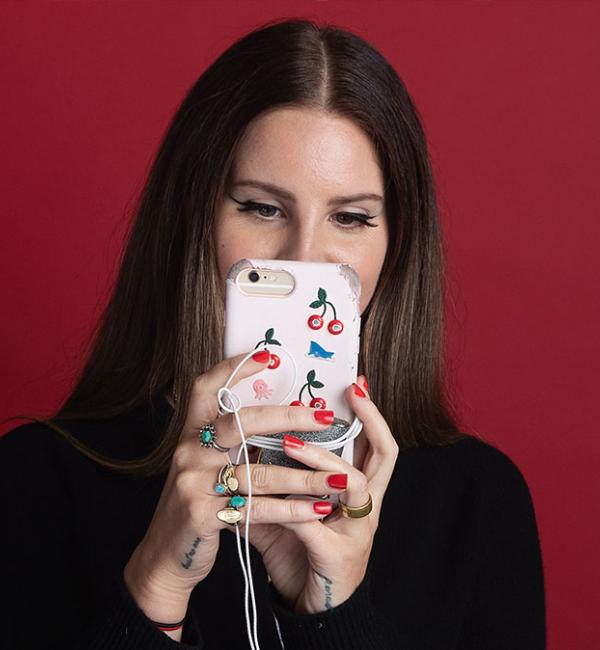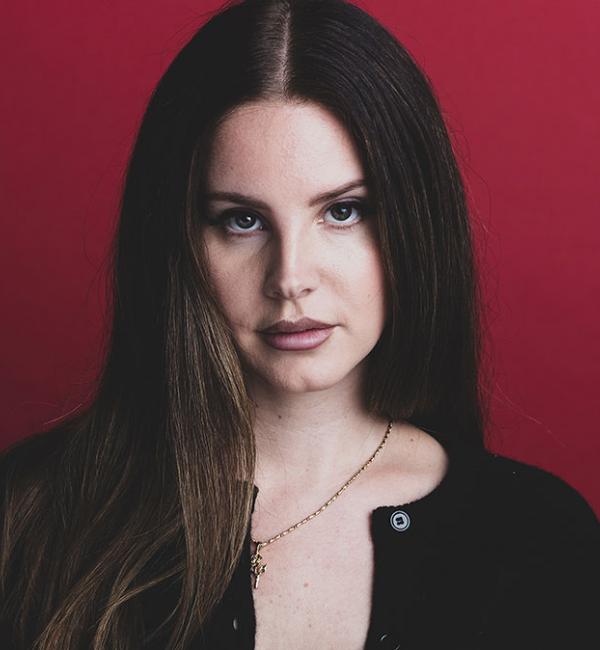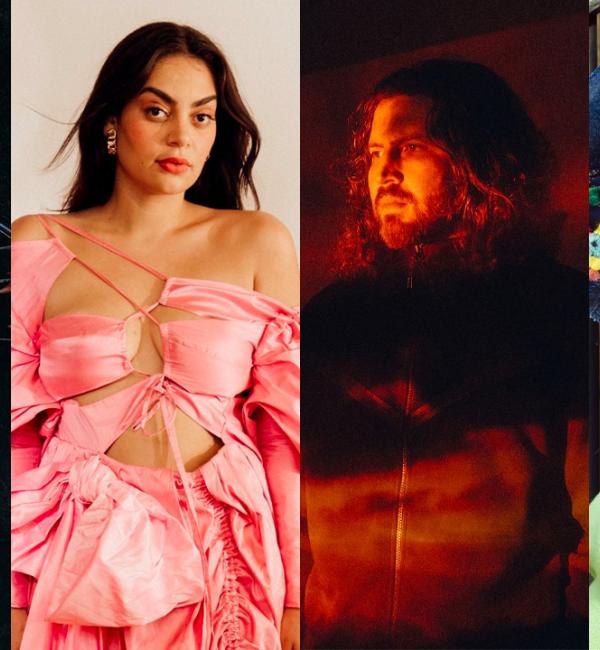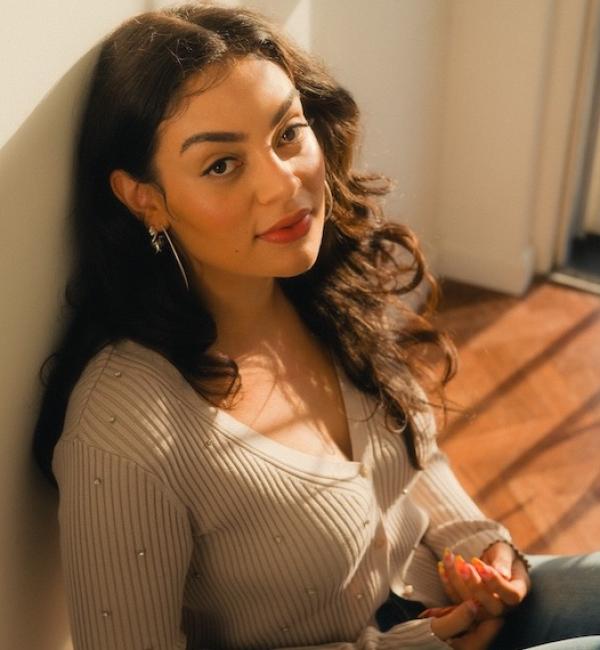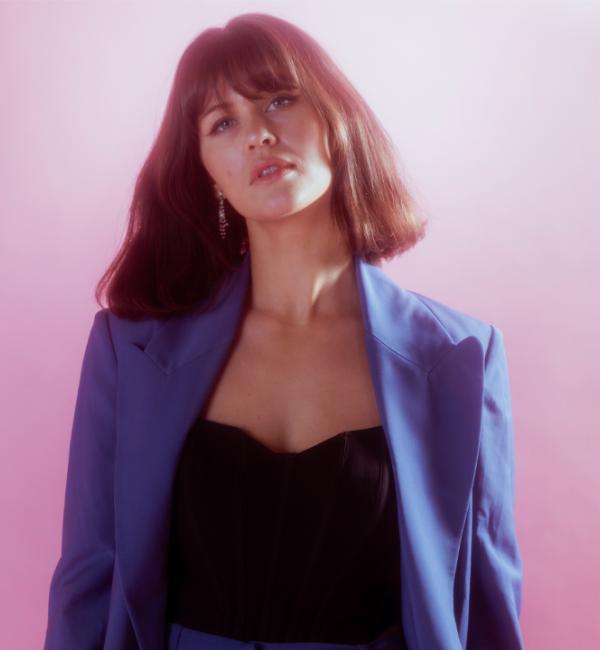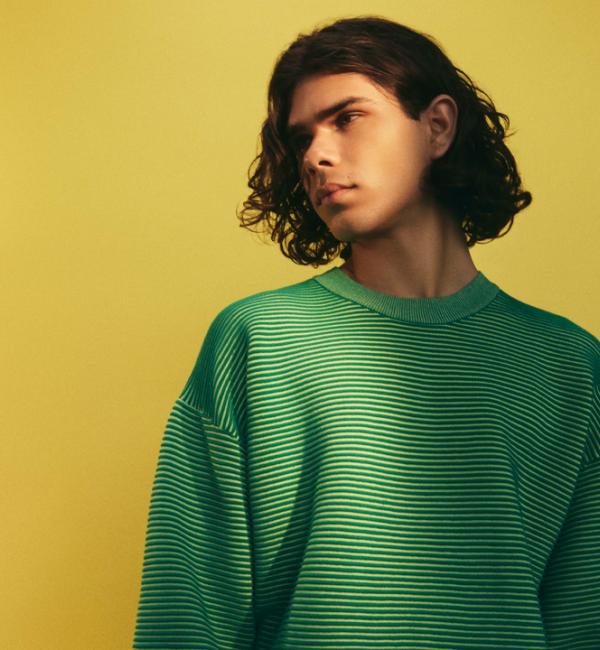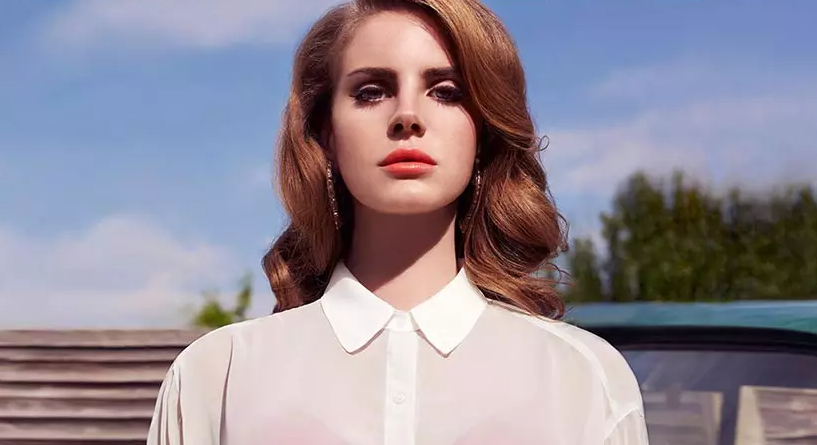
Lana Del Rey's Born To Die came out over the summer after I finished high school, just before my first year of uni, 10 years ago this month. It was a sizzling couple of months; I spent my time mostly in my band’s drummer’s dad's humid garage, playing badly written songs with my friends and stomping through the hilly streets to the supermarket for sustenance because none of us could drive.
That listless summer was jarringly punctuated by an unfit relationship I had landed myself in, and didn’t know how to leave - young and naive, I caught the hot, stuffy train back and forth to this guy’s house a few times a week, endlessly contemplating how best to break it off.
Those train journeys were soundtracked exclusively by Born To Die; I plugged my earphones into my iPod Classic and spent the hour with Lana and her melancholy, abstract pop, filling myself up with a combination of sounds that I had never heard before. The record put colour to the experience of the sudden adult relationship I was in, Lana becoming a cool older sister to me; the kind who gives you not-so-sound advice while puffing on a cigarette and staring into your soul through heart-shaped sunglasses.
I was not alone in my obsession with Born To Die. Lana Del Rey, sullen and perfect, was everywhere.
With hindsight, Born To Die is a straight-up pop album, as hook-laden, considered, and intricately produced as any Gaga or Taylor Swift record. The difference is that, at the time, it was considered a ‘cool’ album. In this instance, ‘cool’ is a bit of a catch-all term for music that isn’t, for whatever reason, labelled or perceived as commercial pop, despite perhaps embracing many of the musical conventions of the genre, such as a clear verse-prechorus-chorus song structure, and instead marketed as alternative, different, even rebellious - in other words, cool.
As a young woman at the time of Born To Die’s release, one who made and loved music, I prided myself on maintaining effortlessly cool musical taste (which actually required a great deal of effort). Listening to commercial pop music was hopelessly uncool but something I loved to do in secret - I denied loving Taylor Swift until I was around 21, an embarrassing attitude fueled largely by internalised misogyny.
Lana Del Rey was considered ‘OK’ for me to listen to because she was the queen of indie, that murky ‘10s genre, an overloaded corner for any kind of catchy pop that wasn’t quite shiny enough for commercial radio. She was the reigning queen of Tumblr, despite never actually having an account on the platform (perhaps her only rival for this position at the time was Marina And The Diamonds, who also made cool music, and who I also loved). Born To Die had everything I was looking for in a cool record. It felt like an expansion on, and dirty love letter to, the pop music I secretly loved so much.
The original, 12-track edition of Born To Die was a heady, indulgent collection of doom-pop - with perhaps the most distinctive trait of the record being its uncanny mesh of heavy, crisp hip hop beats with delicious, movie-soundtrack strings, all wrapped up in traditional pop song structure. Lana sings gloomily, but with great intent, about fame, sex, drugs, and corporate greed, while adopting a submissive, charismatic, feminine persona. To say the album stuck out would be an understatement - it was a completely new sound, one which many didn’t know what to do with.
Upon release, the record was met with mixed to negative reviews from critics - many largely fueled by the misogyny that was aimed at Lana Del Rey at the time. She was criticised for everything, from ‘industry plant’ rumours (which still plague successful, predominantly female pop acts to this day), to her famously shaky live performance on SNL, to her facial features - proving that dodging the commercial pop label still doesn’t afford women in music a free-pass to genderless criticism.
Born To Die was a major influence on modern pop almost immediately. By the time Lana had moved on to the brooding Ultraviolence in 2014, Halsey’s Hurricane had dropped, in all its swirling, echoing promise. Hurricane’s self-referential chorus (‘I’m a wanderess/I’m a one-night stand), casual mentions of drug use and a guy who only sleeps with young women drips with a grey kind of angst, embracing a ‘damaged goods’ schtick that feels evocative of Born To Die’s title track, and the doomed thudding of Off To The Races. Hurricane is an electronic pop track, leaning more towards the ‘shiny’ commercial sound than Born To Die ever did - and yet there’s still an edge to it that feels defiant, a true testament to Lana’s brand of cool pop.
In recent memory, it’s difficult to think of an artist who has taken influence from Born To Die and turned them to modern pop as masterfully as Billie Eilish. Her low, soft, beautiful vocal has always felt akin to Lana’s, and her lyrics, dripping with sadness and attitude, telling stories of heartache, introspection, fame, and toxic relationships, fit comfortably alongside the narratives spun on the record. Songs across Billie Eilish’s discography are peppered with the darkness of it; 2017’s Bored features soft, wide vocals that feel uncannily similar to that of breakout single Video Games, while her recent album Happier Than Ever embraces a cabaret, vintage-inspired aesthetic not dissimilar to Lana Del Rey’s famed ‘gangster Nancy Sinatra’ branding of 2012.
Arguably the greatest example of Born To Die’s impact on modern pop is Taylor Swift’s romantic epic Wildest Dreams. Also released in 2014, it has everything that made Lana’s title track so delicious; a tumultuous love story, sweeping strings, and an irresistible, melancholy chorus. It’s incredibly significant when Taylor Swift, who is (and was, even in 2014) the biggest pop artist in the world, takes such clear influence from a record. Wildest Dreams is perhaps the greatest commercial pop interpretation of Born To Die’s theatrical conventions to date.
Broadly, the album's influence can still be felt in all corners of the pop genre. fka twigs’ quiet, delicate vocal feels reminiscent of Lana’s youthful, soft delivery on Video Games, while The Weeknd’s 2016 classic Starboy - even featuring Lana Del Rey on the track Stargirl Interlude - explores a similar theme of Hollywood darkness to that of Born To Die. Even Lorde’s perfect Writer In The Dark feels evocative of its dramatic, cinematic flair.
That Born To Die is a turn on Bruce Springsteen’s Born To Run could be unintentional, but there’s no denying that the album was the springboard for Lana Del Rey to become one of the great American songwriters, just like Springsteen. Since its release, Lana Del Rey has been prolific, exploring more steadfast pop (Young and Beautiful for The Great Gatsby soundtrack), a darker sound for Ultraviolence, and ultimately embracing a folk-jazz-pop amalgamation of genres, at its strongest on the complex Blue Bannisters (2021).
Towards the end of that summer, I finally summoned the courage to end things with the guy I was seeing. He cried, I cried, it was a traumatic, formative mess, one which I ended up writing many songs about since. When it was over, I walked down the burning footpath to board the train home one last time. I put on my sunglasses, tears streaming down my face, and played Born To Die from start to finish, just like I always did. In that moment, I felt like the coolest girl on the planet.
